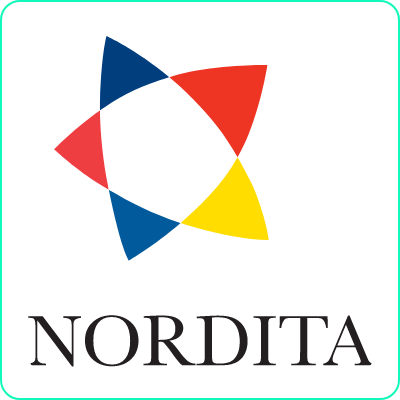Speaker
Description
When dealing with nano-systems whose dynamics are governed by thermal (or quantum) fluctuations, feedback schemes (measuring and applying forces accordingly) represent a powerful tool for manipulating them. In this talk, we will discuss two experimental applications of feedback control and explore fundamental physics through the resulting non-equilibrium steady states.
First, we demonstrate how a feedback loop can create a virtual double potential for an underdamped micro-mechanical oscillator, which can be used as a 1-bit memory. This platform is employed to implement fast, and therefore out-of-equilibrium, 1-bit logical operations and to study the energetic cost of information processing in the underdamped regime [1,2,3]. How is thermodynamics modified when the underdamped system doesn’t equilibrate with the bath at all times? When should the feedback be considered as a daemon pumping information?
In the second part, we address a novel use of feedback for quantum control of nanospheres in optical traps, going beyond the state-of-the-art feedback cooling to the motional ground state [4]. We propose an original approach that uses feedback to maintain the particle in the dark spot (the intensity minimum, which avoids internal heating due to absorption) of a higher laser mode (e.g., the tip of a double-well potential) while still enabling optimal optical displacement measurement (in combination with Kalman filters to optimally estimate the full quantum state). We demonstrate levitation in the dark configuration in an experimental double-well setup without the need for any confining potential in 1D. The FLIP (Feedback Stabilization on an Inverted Potential) method overcomes the absorption limitations of standard optical levitation but also raises fundamental questions. Unlike the harmonic potential in standard optical traps, the equilibrium point in FLIP is unstable, meaning active feedback is required to keep the particle in the dark. We investigate the optimal feedback cost function to reach a pure state at the inverted position and discuss the resulting steady state, which is only defined under continuous measurement and feedback.
[1] S. Dago, J. Pereda, S. Ciliberto, and L. Bellon. Virtual double-well potential for an underdamped oscillator created by a feedback loop. Journal of Statistical Theory and Experiment, 2022(5):053209, May 2022.
[2] S. Dago, J. Pereda, N. Barros, S. Ciliberto, and L. Bellon. Information and thermodynamics: Fast and precise approach to landauer’s bound in an underdamped micromechanical oscillator. Phys. Rev. Lett., 126:170601, 2021.
[3] S. Dago, L. Bellon. Logical and thermodynamical reversibility: optimized experimental implementation of the not operation. Phys. Rev. E 108, L022101 ,August 2023
[4] L. Magrini, P. Rosenzweig, C. Bach, A. Deutschmann-Olek, S. G. Hofer, S. Hong, N. Kiesel, A. Kugi, and M. Aspelmeyer. Real-time optimal quantum control of mechanical motion at room temperature. Nature 595, 373 (2021).

